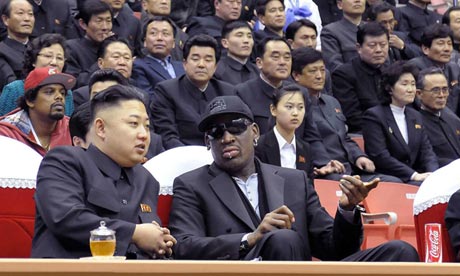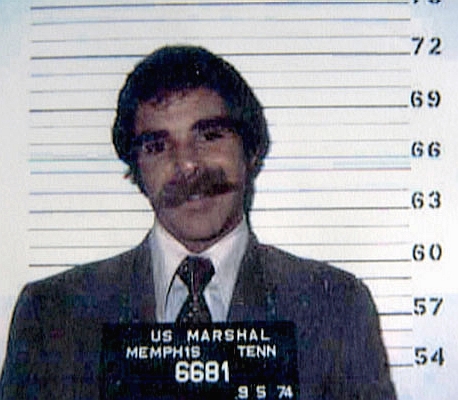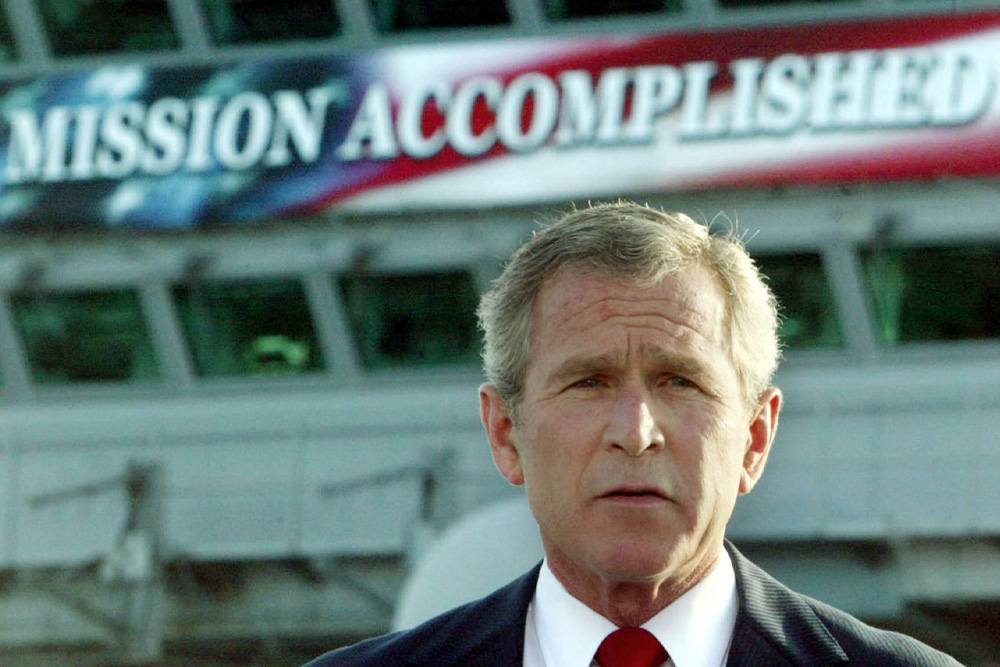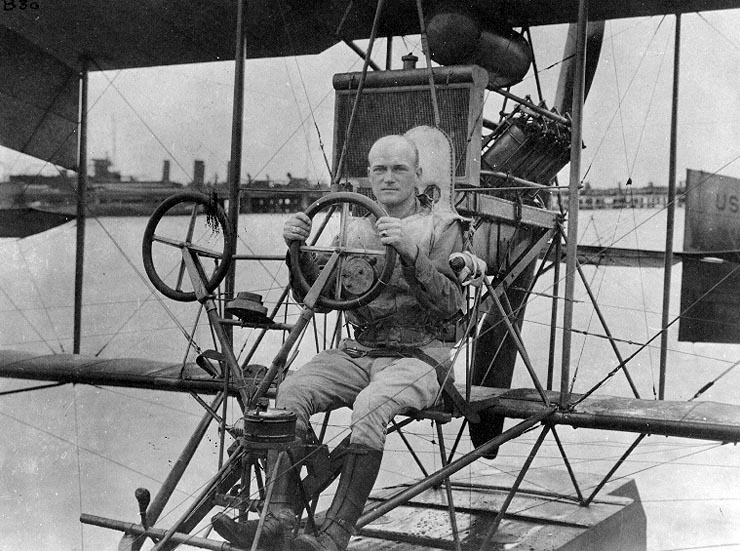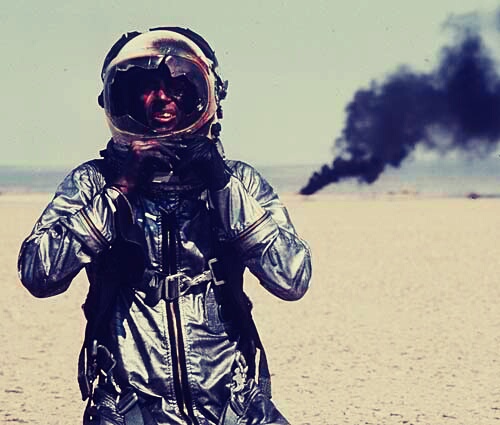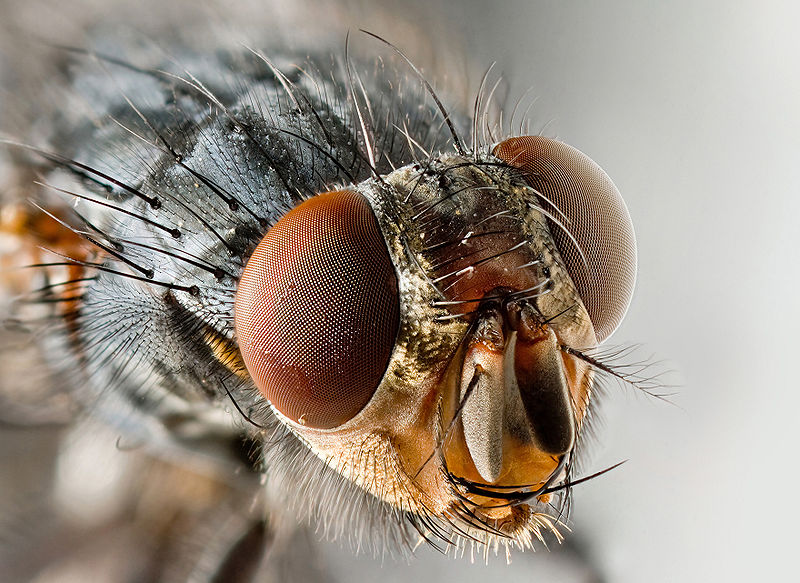From a Tim Adams’ Guardian profile of the ever-humble Shane Smith of Vice fame, a passage that looks into the shockingly big-money operation of the formerly upstart media company, which recently garnered major attention for turning Dennis Rodman into a pierced and tatted diplomat of sorts:
“Vice has come an awful long way from its origins as a free and underground music magazine in Smith’s native Montreal 20 years ago. He created it with a couple of friends – having persuaded the city fathers to let them take over an earnest community title called the Voice. In the two decades since Vice dropped its middle ‘o’ it has grown from being a ‘hipsters’ bible,’ given away on street corners and in record stores, to a global brand with offices in 34 countries. The high-traffic online and documentary film incarnations of the Vice sensibility are about to spawn a 24-hour terrestrial news channel available in 18 countries. A documentary series in partnership with august HBO will include the Rodman and McAfee films. There is also a record label and an ad agency, Virtue, which numbers Nike and Dell among its clients. Announcing some of those departures at an industry event in Abu Dhabi last year, Smith envisioned ‘a changing of the guard within the media,’ and announced his ambition for Vice to become both the largest online media network in the world and ‘the voice of the angry youth.’
To back up this fighting talk, Spike Jonze, the disruptive intelligence behind the film Being John Malkovich and the Jackass franchise, was recently installed as creative director. Two years ago a consortium that included Sir Martin Sorrell’s WPP advertising group, and Tom Freston, founder of MTV, invested a reported $50m in Vice media. Since the company purchased Vice.com (formerly a porn site) the same year, revenues have doubled to a reported $200m in 2012, on which insiders suggest an unverified 20 per cent profit margin. Smith talks of 3,000 contributors, though the official payroll is about 850. The average age of a Vice journalist is 25, but scanning the screen-staring ranks of the magazine’s newsroom that seems on the high side. It is easy to see why, on his visit here, Rupert Murdoch might suddenly have felt all of his 82 years.“

